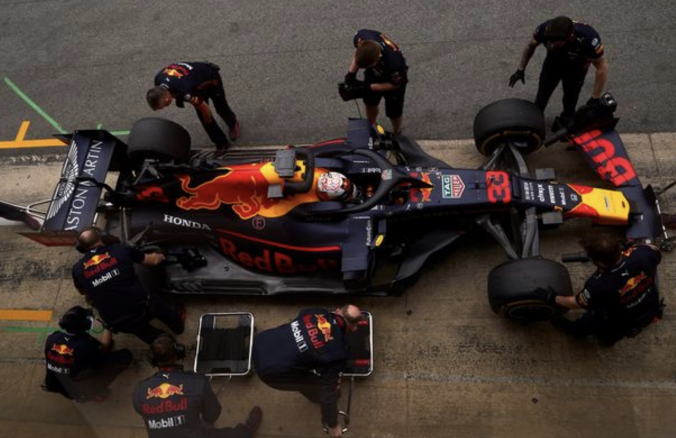Look back to the future


As one year closes and another opens, the marketing industry is awash with reports and predictions about an increasingly competitive and changing marketplace. The rush to digital continues but it is important not to forget some basic principles that build brands, partnerships and long-term value.
- Challenge your partners. Manufacturers often enter partnerships because it provides a test for their products and services. Bruce Crawley of ExxonMobil, a McLaren-Honda F1 Team Partner sums this up well: “I’m not sure we’d be in racing if we did not have a technical justification. We are here for branding and marketing, business-to-business and technology. If you took out the technology side it would make it more difficult.” Media and logo exposure is great but provide a test environment and showcase as well. Microsoft and Real Madrid is another good example.
- Separate classic and digital marketing assets. It has taken the NFL International Series 10 years to build a sizeable fan base in the UK without an NFL team based in the country. Loyalty is increasing as half the 80,000 fans who went to a game at Wembley last year had been to a previous game. The NFL International Series is a good initiative but the younger generation is more interested in being the best player on Madden than the result at Wembley. EA Sports now sells 5 million copies of Madden every year. So why not separate the marketing assets and find relevant partners that can activate and monetise both assets at the same time? It is a win-win for all fans and partners, online and offline.
- Don’t forget the narrative. If there is one organisation that has truly mastered the art of storytelling, it must be Disney. As 2016 was closing, Disney was the first studio to pass the $7 billion mark for global box office receipts thanks to the likes of Star Wars and Superhero stories. Captain America, Finding Dory and Zootopia all exceeded $1 billion. Disney Chairman Alan Horn captured the success in one sentence: “These films work because each one has not only something for everyone, but everything for someone.” Very clever, when you think about it, no matter the genre, the storyline appeals to multiple age groups and cross-market segments.
- Brand Generated Content vs. User Generated Content. In Seriously Social 2016, a report analysing winning entries for a Social Strategy prize, brand generated content accounted for 93% of the winning cases. For many years, we have been giving consumers control and incorporating user generated content in our marketing campaigns. According to Peter Field, a marketing consultant responsible for scrutinizing the entries “Marketers have voted with their feet and decided this is nonsense. In an age of massive risk aversion, people have gone towards the tried and tested.” The report also confirmed the rise of video, dominating content with 73% of entrants using video as part of their strategy.
- Super consumers drive profits. In a more fragmented marketplace, the super consumer is in high demand. According to Nielsen, just 10% of consumers spearhead profitability in any category, driving an estimated 30% sales and more than 50% profits! According to the research in 140 categories globally, there was an almost perfect correlation between brand share among super consumers and the market in general.
So, there you go, to drive future campaigns, the formula is simple: embrace partner challenges that fuel storytelling with brand generated video content for engagement via socially friendly channels that inspire super consumers to share their experiences with family and friends. Rewind, repeat, again and again.